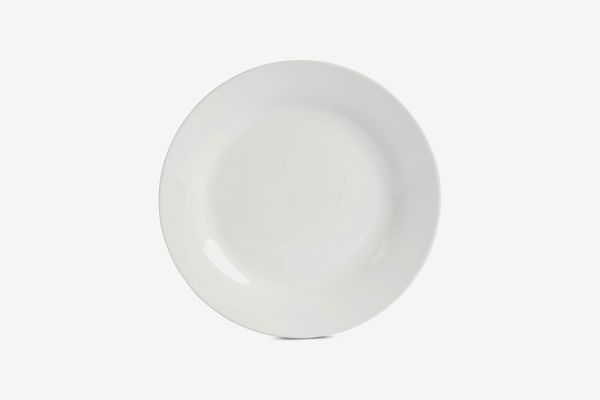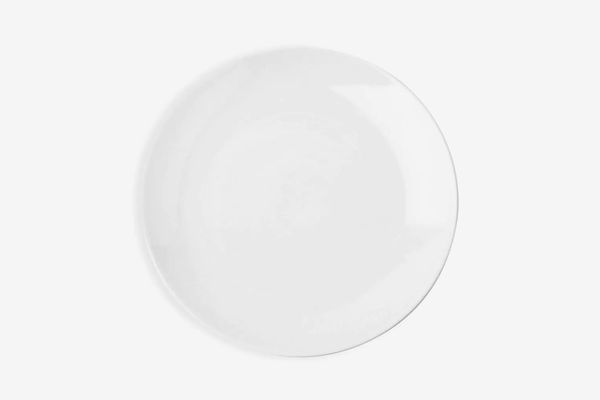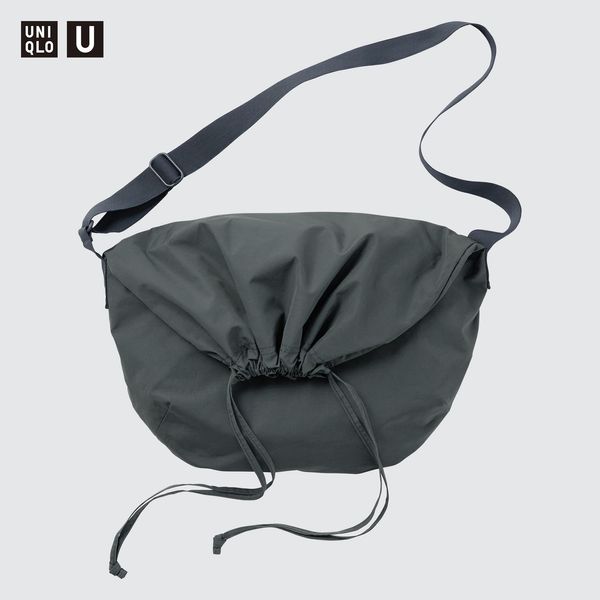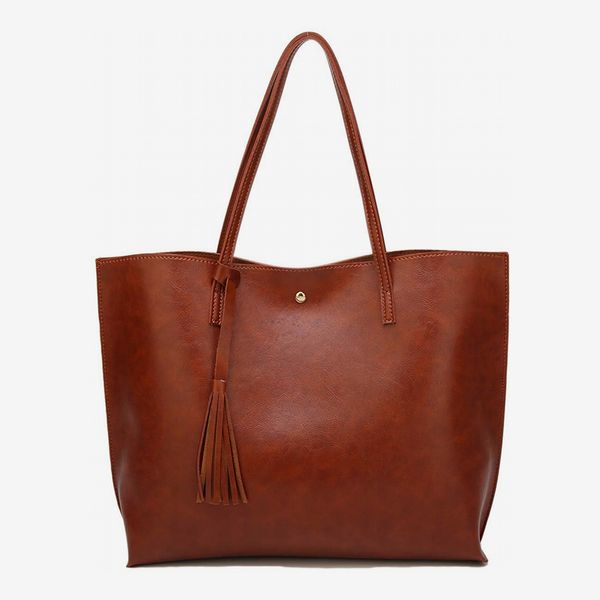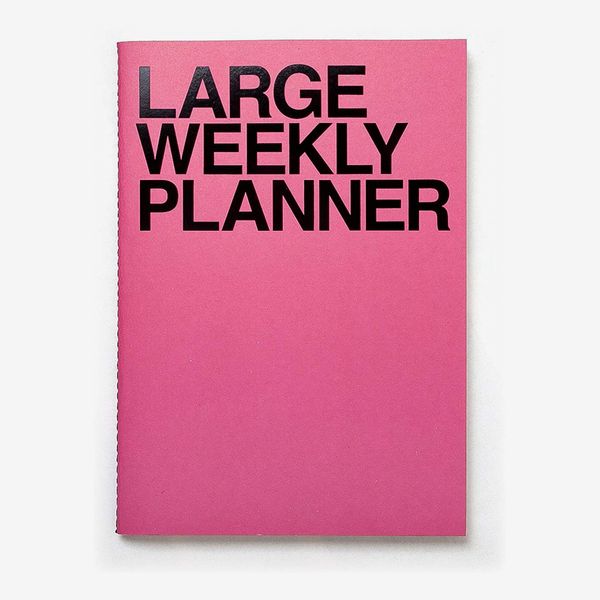
It used to be that quality dishes entered one’s life via a department store, where you’d find the same Lenox or Edgewood sets your mother chose for her dining-room table. But buoyed by new predilections for open-shelf kitchens and sprezzatura dinner parties, the humble dinner plate is the latest object to go direct-to-consumer. Like Warby Parker did for glasses, a whole slew of dinnerware-specific start-ups have launched to sell well-made everyday plates and bowls that aren’t much more expensive than what you’d find at Ikea. So which to buy? We considered material (the handfeel of the clay; the silkiness of the porcelain), looks (of-the-moment colors versus neutrals), durability, and, of course, price. After weeks of eating meals and washing dishes, we think Our Place is the best all-around option: handsome but not flashy, sturdy, with a solid price tag. That’s a practical choice. If you want to splurge on heirloom-grade pieces, look to East Fork. If you’d prefer a modern spin on classic porcelain, we recommend Hudson Wilder.
The Best
A Malala Fund co-founder and Everlane alum joined forces for Our Place, a Los Angeles startup with a core line of single-sized plates, bowls, and glasses. Our Place also plans to work with global artisans on special collections.
Price: Main Plates are $50 for four; Side Bowls are $45 for four; the limited-edition María Bowl from Oaxaca is $85.
Material & design: To save space, Our Place’s bowls stack like bamboo dumpling steamers, and the plates nestle together into a tidy tower. Made from durable-feeling Chinese porcelain, each speckled dish is hand-painted to finish.
Personality: Attractive but functional, painted in neutral colors but not pastels, and sized for all kinds of meals, Our Place satisfies all of our criteria at once.
The Heath Alternative
What started as a three-person pottery outfit in Asheville, North Carolina, has blossomed into a tabletop lifestyle brand — complete with an online journal and a cult-y, perennially sold out mug.
Price: The spendiest here. Dinner plates cost $42 each; the Everyday Bowl is $34; the mug is $36.
Material & design: Heftier than the other brands, East Fork’s flecked blend of Southeast American clay makes for dinnerware that feels more like pottery than dishes. They say the human brain prefers round shapes; using these pieces, that feels true.
Personality: If farmers markets sold plates, they’d sell East Fork. Made in small batches, dishes come in glaze colors like “morel,” “soapstone,” and “celery.”
The Most Ideal for Instagram
Founded by a Stanford grad on a mission to untangle the “excess choice” and “frivolous assortment” of department store dinnerware, Year & Day offers a no-nonsense edit of pastel ceramic pieces, sold in sets of four.
Price: Middle of the road. Big plates, big bowls, and small bowls all cost $52 for a set of four; mugs cost $48 for four.
Material & design: Made in Portugese ceramic factories and finished with a semi-matte glaze, Year & Day dishes have an almost buttery feel. Barely perceptible details (a bowl’s slightly undulating rim) remind you that despite the clean lines, these are not mass-produced.
Personality: Pastel ceramics are the new basic for dinnerware, and Year & Day makes the best-known, quintessential version. (Including, of course, a millennial pink option.)
The Easiest to Blend In
Like Year & Day, Houston-based Rigby — new as of this year — works with Portugese ceramic factories, and doesn’t fuss around with more than a few dish sizes and colors. There’s a breakfast bowl, plates for salad, pasta, and dinner, and a mug.
Price: Dinner plates are $64 for four; breakfast bowls are $56 for four.
Material & design: These made-in-Portugal natural clay dishes are a millimeter or two thicker than Year & Day’s (but not heavier), giving them a more casual feel.
Personality: Rigby’s extremely neutral plates skew ever-so-slightly traditional, thanks to an angled rim in place of a curved coupe shape.
The Target Upgrade
The direct-to-consumer company (which manufactures a wide variety of generic items from diapers to matcha powder) sells basic, inexpensive plates in black stoneware or white porcelain.
Price: The cheapest of the bunch. Dinner plates are $16 for four; mugs are $8 for two; soup bowls and cereal bowls are $8 for two.
Material & design: The porcelain bowls felt sturdy enough. The plates, however, felt light — almost flimsy.
Personality: Like the name suggests, Brandless products run low on defining characteristics. These are for the thrifty.
The Contemporary Classic China
The closest to traditional china, Hudson Wilder’s Damek dinnerware line is based on vintage Danish dishes found in upstate New York. Plates come in three sizes, in classic white or white with a painted rim line.
Price: Large plates are $45 for a set of four; bowls cost $35 for four; short glass tumblers are $35 for four.
Material & design: Hudson Wilder’s porcelain dishes feel far more expensive than they are, like a denser version of fine china.
Personality: Your grandmother would approve of these dishes (multiple sizes means you can almost set a proper table) but they’re not fusty — just timeless.
The Slightly Avant-Garde
The same designers behind the Fulton, Jean-Georges Vongerichten’s South Street Seaport restaurant, launched Departo this year. Billed as “essentials for global nomads,” it sells angular dinnerware (along with home goods like napkins and a minimalist folding chair).
Price: On the spendier side: A single large plate costs $24; a bowl is $18; the mug is $23.
Material & design: Most dishes have curved edges; Departo’s have ridges and ledges. Made from stoneware in Shanghai with design team Stellar Works, whose goal is to “inspire a renaissance in Asian aesthetics.”
Personality: A lot of designers cite the influence of the “imperfect” Japanese wabi-sabi aesthetic; Departo seems to actually apply it, with details like unfinished edges mixed with extra-glossy glazes, and a half-circle lip on its smallest bowl.
*This article appears in the December 23, 2019, issue of New York Magazine. Subscribe Now!
The Strategist is designed to surface the most useful, expert recommendations for things to buy across the vast e-commerce landscape. Some of our latest conquests include the best acne treatments, rolling luggage, pillows for side sleepers, natural anxiety remedies, and bath towels. We update links when possible, but note that deals can expire and all prices are subject to change.

